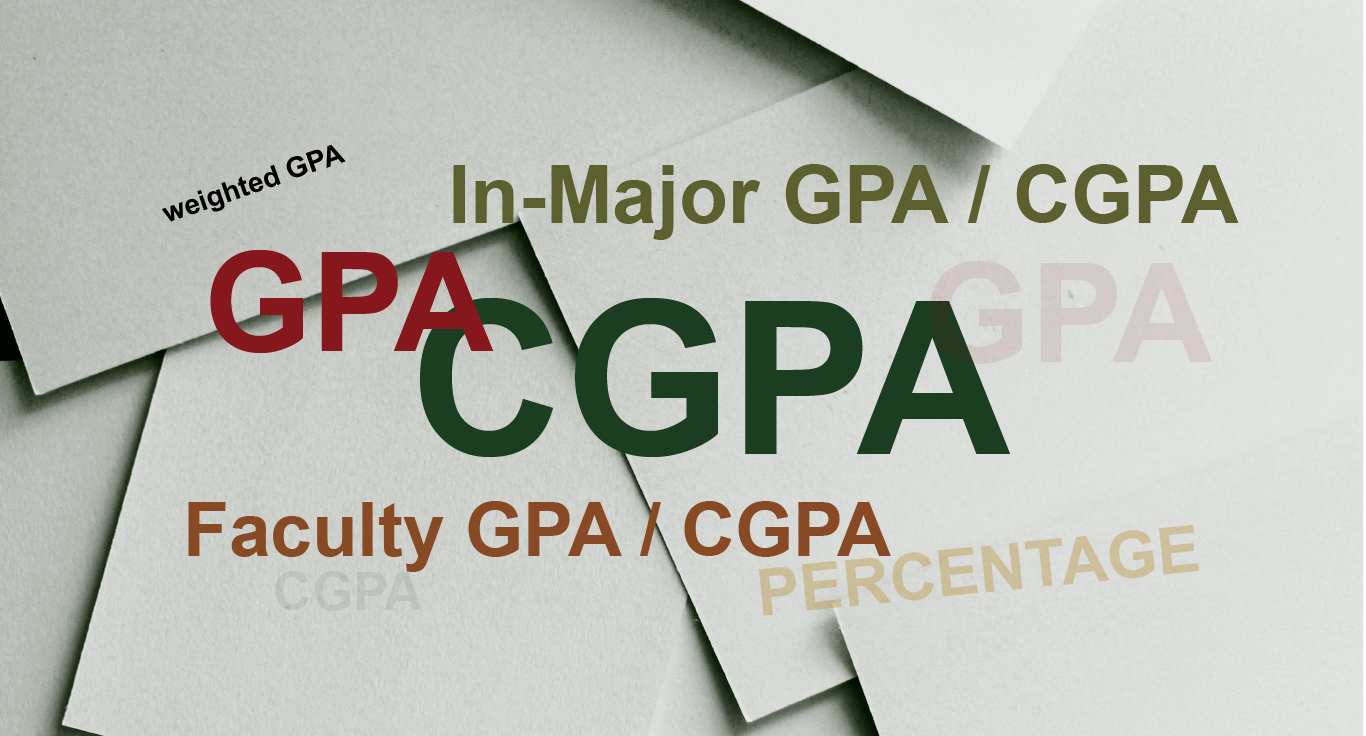Study Guide
Paye Student Loan|Repaying Student Loans through the PAY AS YOU EARN (PAYE) Scheme
Here in this blog post, you will find every detail about the Paye student loan, how to repay student loans through Paye, and many more.
As part of the Coronavirus Aid, Relief, and Economic Security Act (CARES Act) passed by Congress on March 27, 2020, the Federal Student Loan Program has been funded to help those affected by the coronavirus. Changes have been made.
Until December 31, 2022, borrowers may suspend payments without penalty if necessary.
If you are seeking a waiver through an income-based repayment plan, skipped payments count toward the time required to qualify.
See the Federal Student Loan Guide for more information.
Every month, millions of college graduates have to pay student loans to their service providers. Unfortunately, for some borrowers, payments can make up a large portion of their monthly income.
In an attempt to reduce monthly payments for struggling borrowers, the Department of Education has developed several income-based repayment plans that set federal student loan payments based on income and family size
- Income-Based Repayment Plan (IBR)
- Income-Contingent Repayment Plan (ICR)
- Revised Pay As You Earn Repayment Plan (REPAYE)
- Pay As You Earn (PAYE)
Student loan repayments are difficult regardless of income level. Payments can last for years and additional interest can be daunting.
Fortunately, income-based repayment programs have been introduced in recent years to help you pay off your student loans at the right amount.
If you live in a place where living on a tight budget is a reality, these can actually be a source of peace of mind for you.
Today’s post discusses the Pay As You Earn (PAYE) income-based program. You can adjust it according to your income and family size.
What PAYE is, who is qualified, and how it compares to alternative repayment choices are all covered in this guide.
See Also: Maryland Student Loan Forgiveness Programs | Loan Repayment Programs
What is PAYE?
As a component of President Barack Obama’s initial initiative to reduce student loan debt, the PAYE program entered into force in 2012.
Its objective is to provide additional safeguards to federal student loan borrowers who have trouble making their monthly payments.
PAYE is an income-driven repayment plan that determines your monthly adjusted gross income and family size.
Monthly Payments through PAYE
10% of your discretionary income is the maximum that can be paid under PAYE, but not more than that would be allowed under the regular repayment plan.
The gap between your annual income and 150% of the federal poverty line for your family size and state of residence is what the Department of Education refers to as discretionary income.
You must annually recertify your income and family size to the federal government in order to remain eligible for the PAYE (or other IDR) scheme.
This implies that your monthly payments may probably vary over the course of the repayment period.
Student Loan Forgiveness through PAYE
Under PAYE, the repayment period is 20 years. Any outstanding balance is then canceled.
It is possible that by the conclusion of the payback period, you will have paid off all or most of your loans, depending on how much you paid each month.
Plan ahead for that prospective expense, as the forgiven debt will typically be taxed as part of your taxable income.
Also Read: Student Loan Forgiveness for Nurses in Kentucky | Review
Are you Eligible for PAYE?
Many borrowers find themselves eligible for at least one income-based repayment plan, but the PAYE plan has some of the strictest requirements.
Only borrowers who meet the following requirements are eligible:
Must be a New Borrower.
This means that you acquired the loan after October 1, 2007.
If you have a federal student loan balance paid before this date, you are not eligible.
Must have direct loan payments or consolidate debt in a direct consolidation loan application after October 1, 2011.
Your adjusted monthly payments under PAYE cannot exceed the amount you would pay under your standard repayment schedule.
The Federal Office of Student Aid suggests that if a student’s debt exceeds their annual discretionary income, they are likely to meet this requirement. Government student loans must not be in default.
Direct Stafford Loans (Subsidized and Unsubsidized) Glad Plus Loans) Loans before April 10 1, 2007
The following loans are eligible after being consolidated into a Direct Consolidation Loan. Federal Perkins Lawn.
Read More: Can a Parent PLUS Loan Be Transferred to the Student?
Who should consider PAYE?
You should consider PAYE for federal student loan repayments if:
I am an eligible new borrower and currently having trouble making monthly loan payments.
You are married and would like to consider only your personal income when making repayments.
(Under PAYE, married borrowers who file taxes separately can calculate payments based on their income excluding their spouse’s income.)
You qualify for Public Service Loan Forgiveness (PSLF) and have a professional To use PSLF, you must be enrolled in an income-based repayment plan.
Your loan is in default, and you are trying to get out of default using a direct consolidation loan. To do this, you must choose an income-based repayment schedule.
Check Also: The Pros and Cons of Student Loans: Are They Worth It?
Pros & Cons of PAYE
Pros
- The monthly repayment amount is lower than the standard repayment amount.
- The less disposable income you have, the less you pay.
- first his three years interest subsidy. If the monthly payments do not cover the monthly interest on the subsidized loan, the government will pay the remaining interest for three years.
- helps you avoid delinquencies and defaults that can negatively impact your credit score and prevent you from taking advantage of certain government student loan benefits.
Cons
- Borrowers who took out loans prior to October 1, 2007, are not included.
- PAYE extends the repayment period, so you pay more interest during the life of the loan.
- Each surrendered balance is taxable.
- Interest refunds are limited to three years for subsidized loans and are not available for non-subsidized loans.
Read More: Student Loan Permanently Assigned to Government | Here’s What to Know
PAYE vs. other Income-Driven Repayment Options
There are other income-driven repayment options for borrowers of federal student loans in addition to the PAYE scheme. Here is their comparison.
Revised Pay As You Earn (REPAYE)
The REPAYE revision of PAYE, which may be more advantageous for some debtors, In an effort to broaden eligibility among federal student borrowers, this income-driven payment plan was introduced in 2015.
For loans for undergraduate students, the repayment period is 20 years.
25 years for student debts for graduate and professional degrees.
10% of discretionary income is the payment amount.
Income-Contingent Repayment (ICR)
ICR may not seem like the best choice because of potential higher payments and a longer repayment period, but it is the only income-driven repayment plan that is compatible with Parent PLUS Loans.
25-year repayment period
Expense Amount
20% of your discretionary income, whichever is less.
The amount that would be repaid over a 12-year period with a set payment that is based on your income.
Check Also: Is a Student Loan Considered Secured or Unsecured? Here’s What to Know
Income-Based Repayment (IBR)
In comparison to ICR, income-based repayment has somewhat lower monthly payments and does not apply to parent PLUS loans.
The payment duration
for loans taken out on or after July 1, 2014, is 20 years.
25 years apply to loans taken out before July 1, 2014.
10% of discretionary income is the payment amount for loans taken out on or after July 1, 2014.
15% of available income for loans taken out prior to July 1, 2014.
10-Year Standard Repayment
You will default into the conventional repayment plan, which tries to pay off your loan in 10 years if you do nothing to update your repayment strategy (or 120 payments).
Despite having higher monthly payments than income-driven programs, this strategy will enable you to pay off your debt more quickly and with the least amount of interest.
Ten-year repayment term (120 payments).
The fixed monthly payment evenly disperses your loan total across 120 payments.
Editor’s Pick: How to Beat National Collegiate Student Loan Trust in Court
Refinancing
Borrowers of federal student loans may at any moment refinance their debts with a private lender.
Refinancing could lead to reduced interest rates and significant cost savings for creditworthy customers over the course of the loan.
Federal loans that have been refinanced with a private lender will no longer be eligible for Department of Education loan advantages, including income-driven repayment and forgiveness.
You might want to see this: How to Apply for a Limited Waiver for Student Loan Forgiveness
FAQs
Loss of PAYE eligibility’s effects Although you will theoretically still be enrolled in the plan if your income rises to the point where you are no longer eligible to make payments under PAYE, your payment will no longer be determined by your income but rather by how much you would normally pay under the ordinary plan.
Your PAYE payment is 10% of your discretionary income, which is a government indicator based on poverty standards. Your MINIMUM monthly payment required under PAYE is included in this computation. If it makes financial sense, you can always pay extra. You must annually certify your income if you want to stay in PAYE.
Conclusion
Choosing the right student loan repayment plan can make debt management easier.
As an income-based repayment plan, the PAYE student loan scheme is designed to match monthly payments to your monthly budget.
The PAYE student loan scheme isn’t for everyone, though. If you’re considering changing your federal student loan repayment schedule, check your options first.
When requesting income-based repayments from a loan servicer, you usually have the option of having the servicer choose the cheapest plan.
Check which plan you’re enrolled in to see how it affects your repayment schedule and eligibility for waivers.
The PAYE program (and other income-driven programs) is a great idea if you want to pay something toward your student loans but are in a tight financial spot.
It can significantly lower your monthly student loan payments, giving you some breathing room.
However, because you are making smaller payments, you will ultimately pay a lot more than if you were on a Standard Repayment Plan over time.
Additionally, since the portion of your loan that is forgiven after 20 years of regular payments is regarded as income, you will be required to pay taxes on it in accordance with current IRS regulations.
Therefore, while this kind of plan may seem like a good idea in the short term, in the long run, it can wind up costing you more.
References
Our Recommendation






